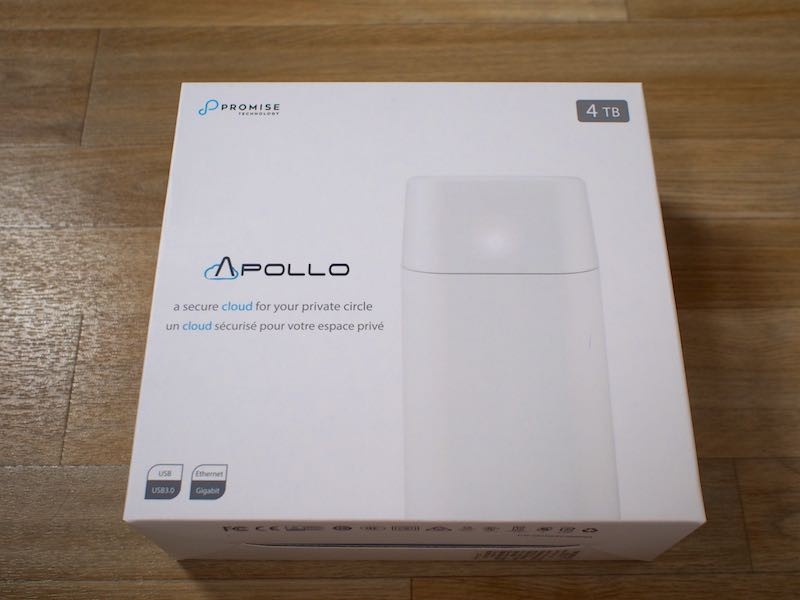
Without these connectivity standards, software-defined vehicles would be limited in providing safety features, user experiences, environment awareness capabilities, and a plethora of digitally transformed services. Software-defined vehicles connect to the cloud, through WiFi, Bluetooth, GPS and 5G, Cellular V2x and many other connectivity standards. As Duggal said, “it is on the tip of the iceberg” referring to the potential vehicle services have on digitally transformed vehicles.ĭuggal mentioned that Qualcomm’s total addressable market within the automotive industry could be $100 billion by the end of 2030 and that Qualcomm already has a design-win pipeline of $30 billion.Īutomotive connectivity is a pivotal technology in the digital transformation of vehicles. I believe this is incredibly disruptive for the automotive industry because it unlocks a whole other revenue source of services.

Duggal pointed out how the software-defined vehicle enables the automaker brand to be at the center of the vehicle with automaker-controlled services and software. While this new software-defined vehicle architecture looks to kick out automakers, I believe it does just the opposite. This new software-defined architecture resembles a lot of what we see in the mobile world, where Qualcomm is a leader in mobile SoCs. The vehicle architecture of the past consisted of a distributed microcontroller-centric architecture whereas the future software-defined vehicle adopts more of an integrated and simplified architecture. Vehicles are also transforming towards an electrified chassis, and it is accelerating the need for an electrical architecture or a software-defined vehicle, which Qualcomm refers to as a Digital Chassis. Vehicles require low latency and always connected infrastructure. It needs to be connected to networks that provide environmental and safety information. Duggal addressed the trend of how cars need to be more aware and intelligent of its surrounding. One of the reasons Duggal says that Qualcomm’s automotive business is organic is because many of the automotive digital trends are similar or the same as the mobile trends.Īs the automotive industry transforms digitally, automakers do not have the capability to address these digital trends. If the name “Snapdragon Digital Chassis” does not ring a bell, Snapdragon is the name of Qualcomm’s mobile SoC platform. Qualcomm has adopted technologies from what it has done with smartphones.

Whether that is in connectivity, computing, or software, Qualcomm builds its technology on a scalable architecture. Qualcomm’s one technology roadmap is its strategy to create technologies that can scale up into other markets. Over the past five years, Qualcomm has built out its automotive business based on its one technology roadmap.


 0 kommentar(er)
0 kommentar(er)
